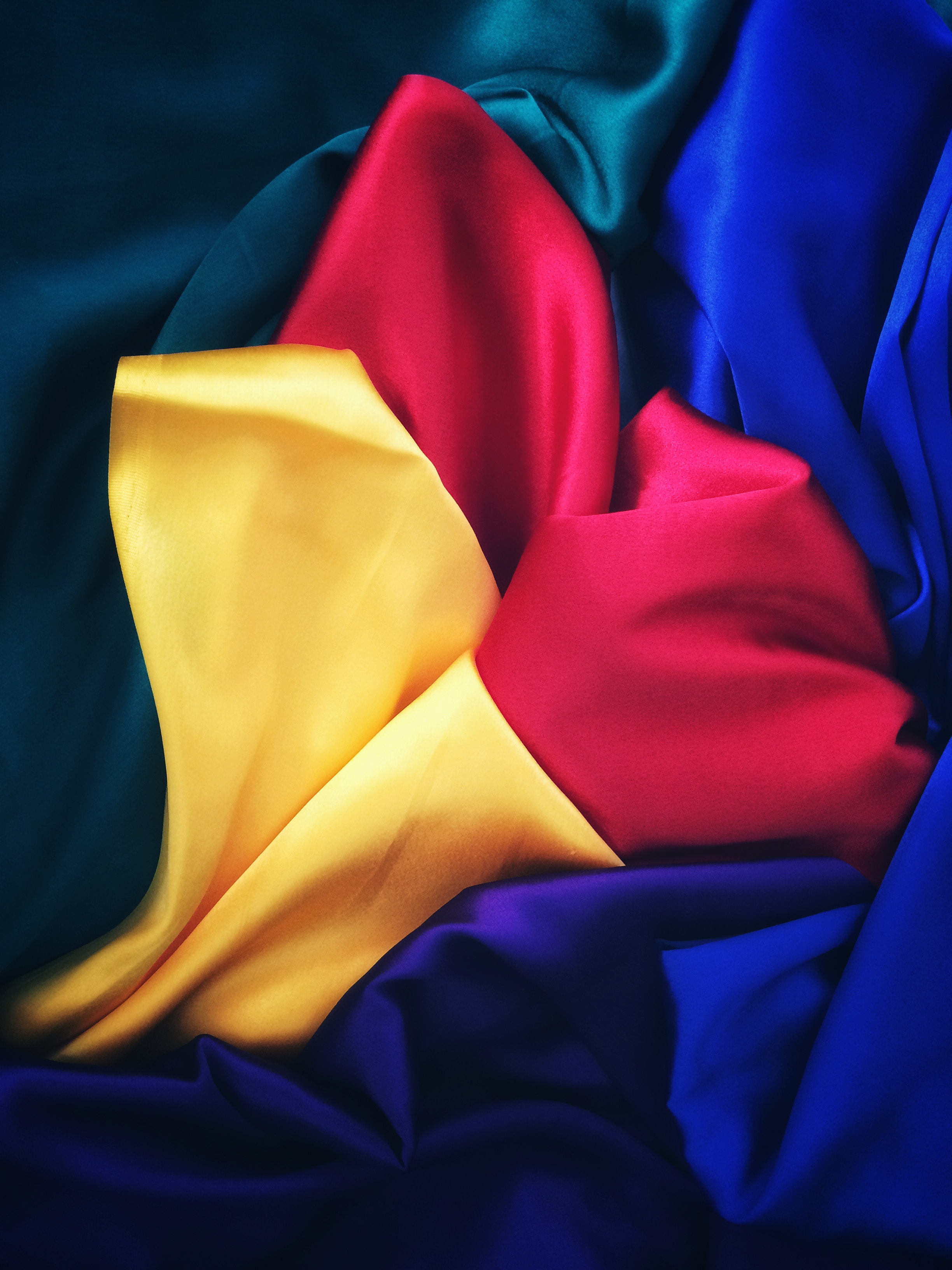Rainbow looks beautiful. Period. That doesn’t mean you would too, by wearing VIBGYOR colours; all concurrently.
It takes real knowledge of colour to become a great fashion stylist. Without proper understanding of colours and their properties, building a successful career in the fashion industry would be the same as crossing the Sahara Desert; waterless. In either scenario, you can hardly survive.
To set yourself firm in the fashion industry, first you need to know colors & its associated elements. While we have covered some colourful information for you here below, the Hamstech fashion designing college in Hyderabad can give you complete insights of fashion styling and get you ready for this industry of colors.
Thankfully Newton distinguished different colours
Sir Isaac Newton; the scientist, had developed an interesting law, which dictates how we perceive colours and how each colour is created. ‘The Colour Wheel’; developed in 1666, turned out to be the science of visual sensation. Fashion styling courses help its students to get acquainted with the same.
Primary Colours
They include Red, Yellow and Blue. These colours have characteristics of their own that cannot be produced by combining other colours. In their personal state, they appear too bright for the human eye. For human usage, these colours are further shaded or tinted. Their brightness is another reason why only a tiny part of an outfit generally supports these colours. For example, a red pocket square looks charismatic, but a complete red suit! Let us not comment about that. A professional stylist course should answer your curiosity.
Secondary Colours
These are Green, Orange and Violet. Two primary colours are mixed to produce one secondary colour. Red and yellow meets to produce orange. Yellow and blue gives birth to green. While violet is the amalgamation of red and blue. The most astonishing feature of these colours is that they compliment primary colours. If you notice well, most popular attires are based on these colour combinations.
Intermediate Colours
They are often being confused as different shades of primary and secondary colours, which is no more than a myth. Intermediate colours are the other hues in Newton’s Colour Wheel. They have some relation to the primary and secondary, but characteristics are different. For example, violet and deeper blue violet are completely different colours and not merely a shade of the former.
Knowledge about colours can build a strong foundation for your career. Today’s fashion designing course fee structure is much pocket-friendly than ever. Take your first step into the fashion world.



